Introduction to the flavor and taste characteristics of Peruvian coffee recommend the method of hand brewing of Peruvian Rosa coffee beans
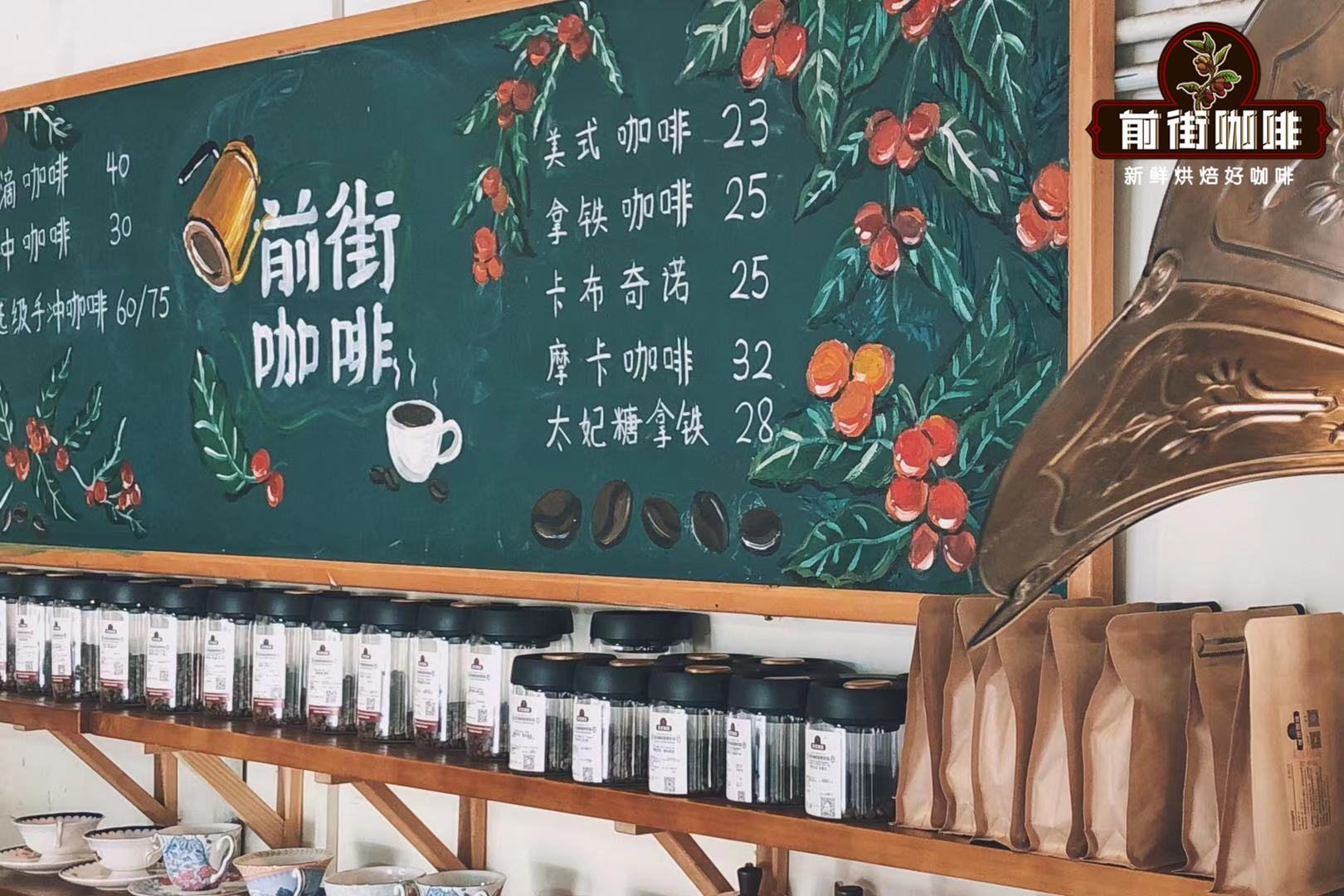
Professional coffee knowledge exchange more coffee bean information please follow the coffee workshop (Wechat official account cafe_style)
Peruvian coffee is the 11th largest coffee producing country in the world, with a total of 10 coffee producing areas, each of which has its own unique flavor experience. Peruvian coffee sounds unfamous and has few fans. In fact, Qianjie coffee doesn't think its flavor is bad. Peruvian coffee is mostly pure and mild, sweet and relatively thick. In the past, some people thought that Peruvian coffee lacked complexity, but Qianjie coffee felt that more and more Peruvian coffee tasted unique and juicy.
Peru is dominated by small farmers, each with less than two hectares of land and producing about 3000 pounds of coffee per hectare. Organic cultivation has a long history and is quite common in Peru. But in recent years, due to climate change, coffee leaf rust has spread in various countries, because of organic cultivation, but also caused a massive reduction in Peruvian coffee production. Peruvian coffee trees are planted in high altitude areas, mainly Arabica varieties. Under the slow mature growth, the density of beans here is higher, and the flavor changes a lot. Among them, the highest altitude, Peru's most important coffee producing area is: Zen tea Mayou Chanchamayo, located in the central highland on the eastern side of the Andes Mountains. This was followed by Amazon Amazonas and San Martin San Mart í n, located in the northern highlands on the eastern side of the Andes.
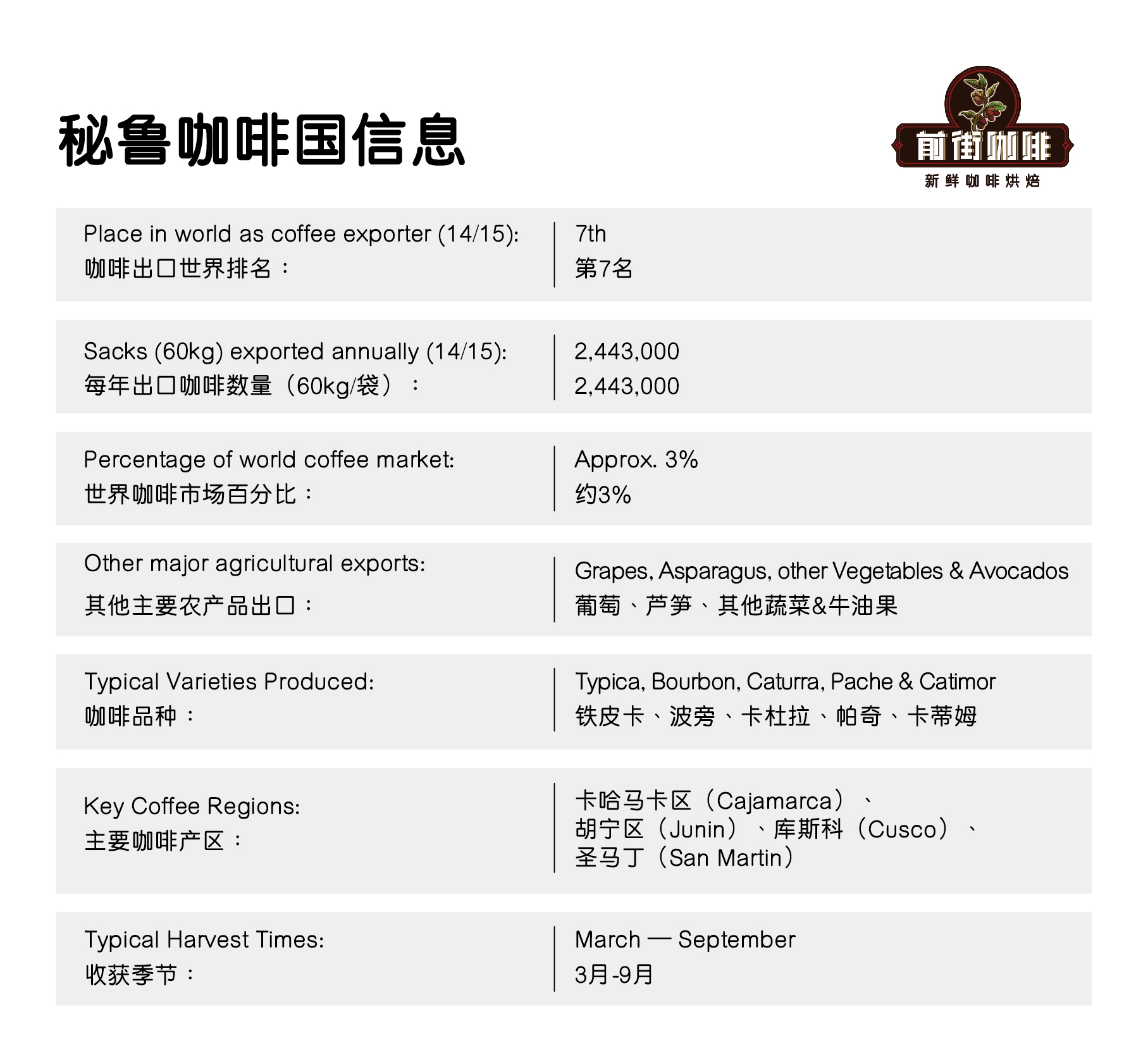
Peruvian coffee has always been used as one of the stable and mellow mixed beans of comprehensive coffee, and it is relatively low-key in the coffee industry. However, as more and more people like the mellow taste of Peruvian coffee, Peruvian coffee has sprung up rapidly in the international market in recent years, becoming a rising star in the coffee industry.
History of Peru
Peru gave birth to the Little Northern prehistoric civilization, one of the earliest human civilizations in the Americas, and the Inca Empire, the largest country in the Americas before Columbus. Unfortunately, it was later colonized by Spain, and wars continued for hundreds of years.
Before the 1980s, Peruvian coffee agriculture was almost interrupted and rarely exported to the international market because of political, economic and social problems, so it was gradually forgotten until after the mid-1990s.
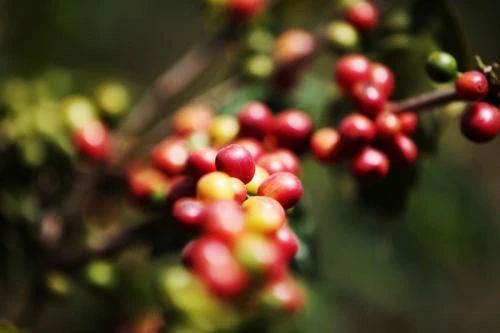
For this reason, Peruvian coffee gardens mostly retain the old species, mainly "iron pickup". In addition, Peruvian coffee is mostly grown in shade, raw beans are treated by washing, and Peruvian coffee plantations use natural fertilizers instead of synthetic fertilizers. As a result, Peru has a lot of organic coffee and has become the most environmentally friendly coffee producing area.
Peruvian coffee is very popular in the international market in recent years, frequently won the international coffee gold awards, Peruvian coffee mellow taste and soft sour taste is very popular. Peru is now the world's fourth largest exporter of Arabica coffee.
The land produces high-quality coffee.
Peru is located in western South America with a 2254 km coastline and a dry and mild climate suitable for coffee growth. it also has other natural environments, including the world's longest Andes, tropical rain forests and unique hills, as well as dry deserts. the huge and diverse land allows Peru to produce a large number of coffee beans with different flavors.
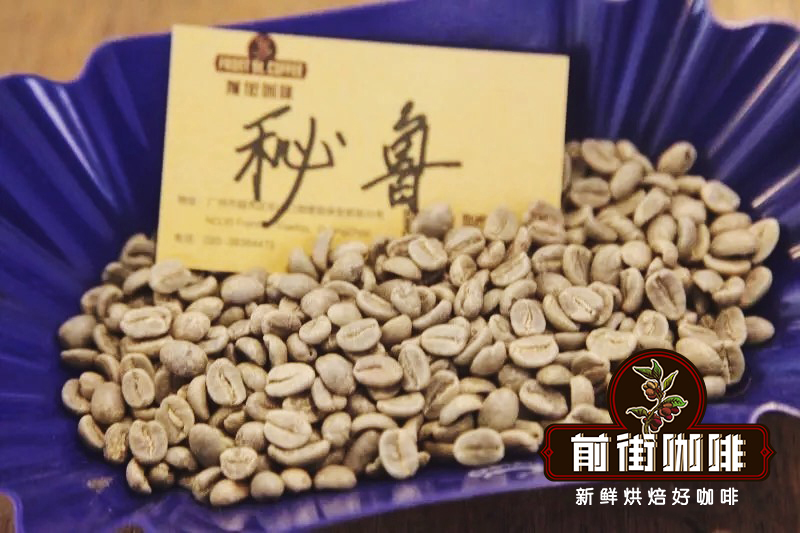
More than 90% of Peruvian coffee is grown in the north, in valleys east of the capital Lima, and in forest areas on the slopes of the Andes. Peruvian coffee is characterized by its rich acidity and smoothness. The excellent Peruvian coffee has a strong aroma, smooth, layered, rich and sweet, the most special is the soft sour taste, suddenly fell in love with Qianjie coffee.
Coffee producing area
Specific to the three coffee producing areas of northern, central and southern Peru, 70% of the coffee varieties are iron pickup, 20% are Kaddura, and the rest are Katim and other varieties. Because of Peru's complex and diverse natural resources and rich and colorful culture, coffee produced in different regions has its own characteristics.
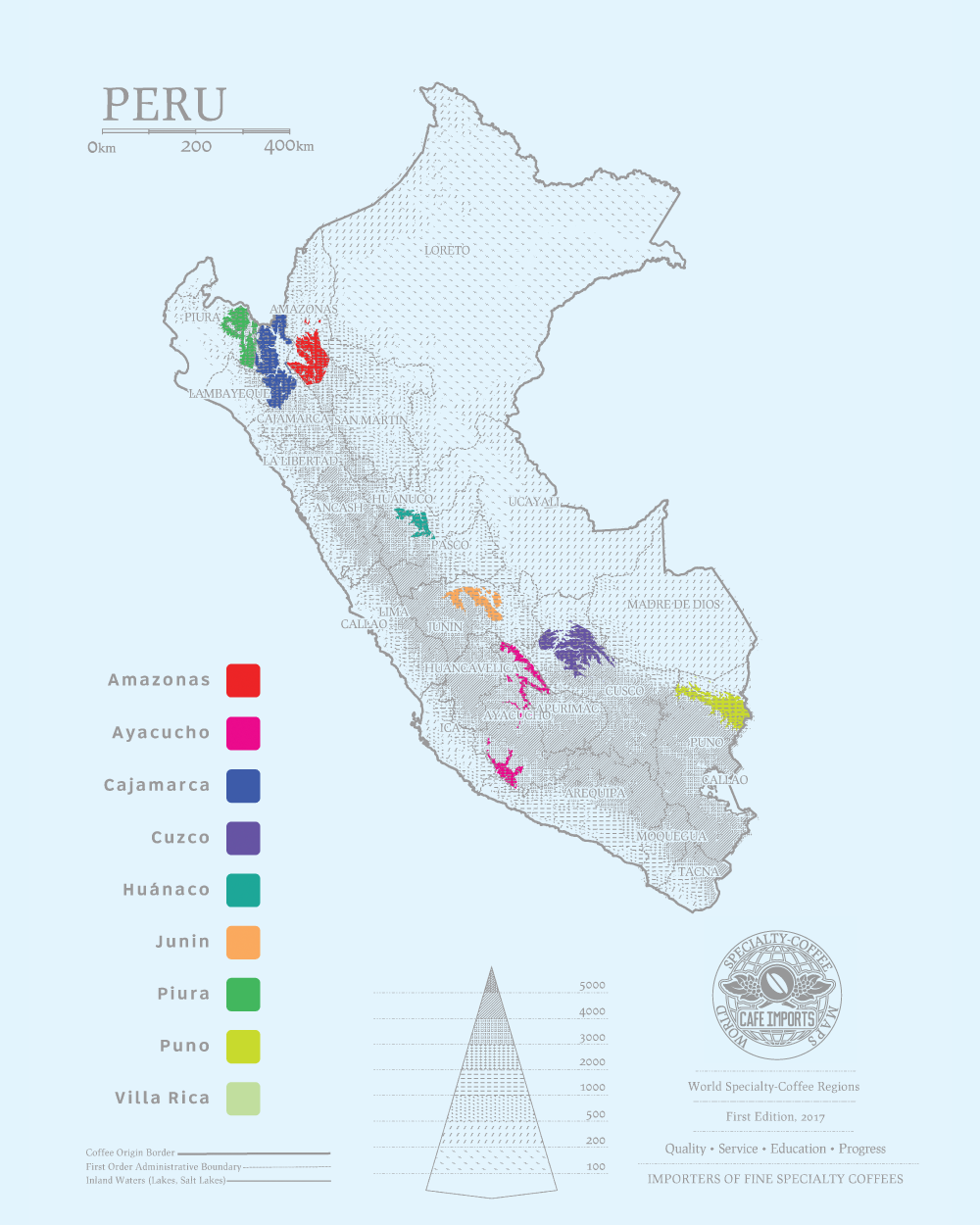
The northern region
The north accounts for 43 per cent of Peru's coffee acreage, including Amazonas in Amazon, Cajamarca in Cajamarca, Piura in Piura and San Martin in Saint Maarten.
Altitude: 1250-1950m
Humidity: 12%
Color: dark green, turquoise
Plant ecology: Compositae, bitter incense tree, fern, pineapple family, orchid family, cedar family
Animal ecology: canopy, puma, giant anteater, Andes deer, squirrel
CAJAMARCA of Kahamaka producing area
The area is located in northern Peru, named after its capital, and covers the northern tip of the Peruvian Andes. The advantage of the region lies in the equatorial climate and the soil suitable for coffee cultivation. Although most producers are small farmers, they are well organized and belong to the organization. The organization provides technical assistance, training, loans and other support to producers. One of the groups, CENFROCAFE, which has 1900 small farmers in the area, promotes coffee roasting and local cafes to help farmers diversify.
Altitude: 900-2050m
Harvest: March-September
Variety: Typica,Caturra, bourbon, Panha Mengnuo, Catua
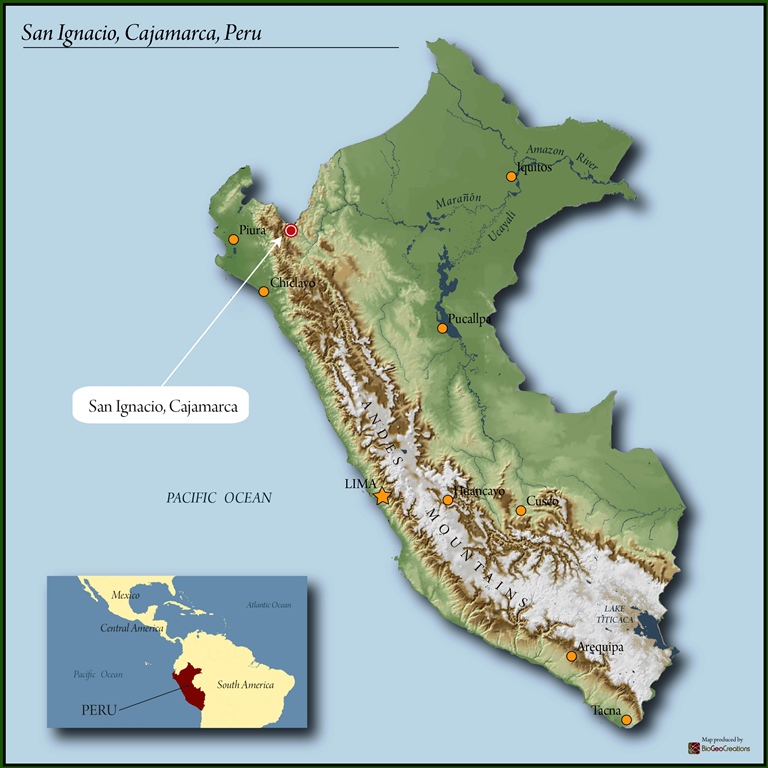
Coffee from the north, with high acidity, rich flavor, aroma, mellow and medium flavor. Some people taste more chocolate and nuts than coffee in the south.
The central region
The coffee planting area in central Peru accounts for 34% of the country, including Huá nuco in Vanuco District, Junin in Hunin District, Pasco in Pasco District and Ucayali in Ucayali District.
Altitude: 800-1200m
Humidity: 11% Murray 12.5%
Color: grayish green
Plant ecology: fungal plants, tree families, pineapple families, ferns, orchids
Animal ecology: wild turkey, canopy, parrot, rice chicken, shrub rat, wild boar, frog, snake, reptile, goose
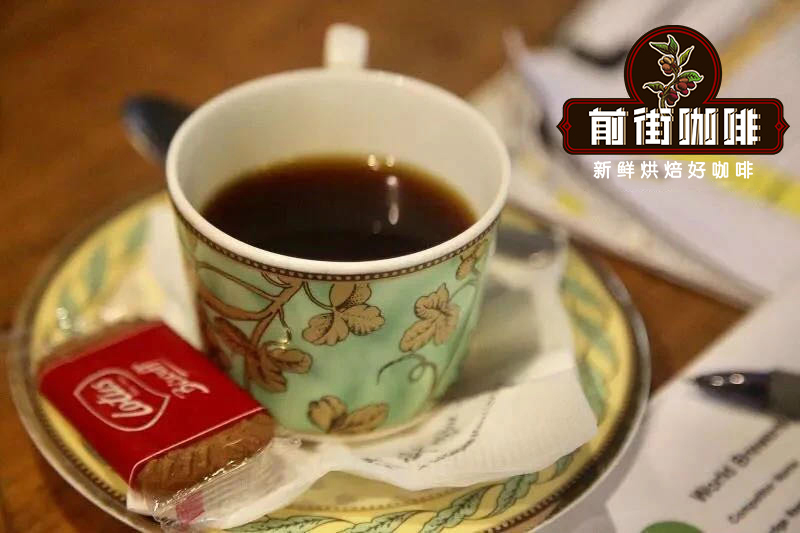
Hu Ning JUNIN
About 20% of Peruvian coffee is produced in this area, which is produced in the rainforest. The area was hit by guerrillas in the 1980s and 1990s and plant diseases spread. It was only in the late 1990s that the coffee industry officially resumed.
Altitude: 1400-1900m
Harvest: March-September
Varieties: bourbon, Typica,Caturra Pash, Menneau, Catuai
The larger characteristics of coffee in the central region is the appropriate acidity, light and mild aroma, smooth and not too heavy mellow, quietly awaken your taste buds.
Southern region
Coffee cultivation in the south accounts for 23% of Peru, including Aprimark Apurimac, Ayakujo Ayacucho, Cusco Cusco, Madre de Dios District Madre de Dios, Puno District Puno.
Altitude: 900-2050m
Humidity: 11.5% Murray 12.5%
Color: grayish green, turquoise
Plant ecology: Orchidaceae, cinchona, May orchid
Animal ecology: a wide variety of butterflies, Phoenix-crowned pheasants, bespectacled bears, beaked birds, spider monkeys, macaw, parrots, woodpeckers
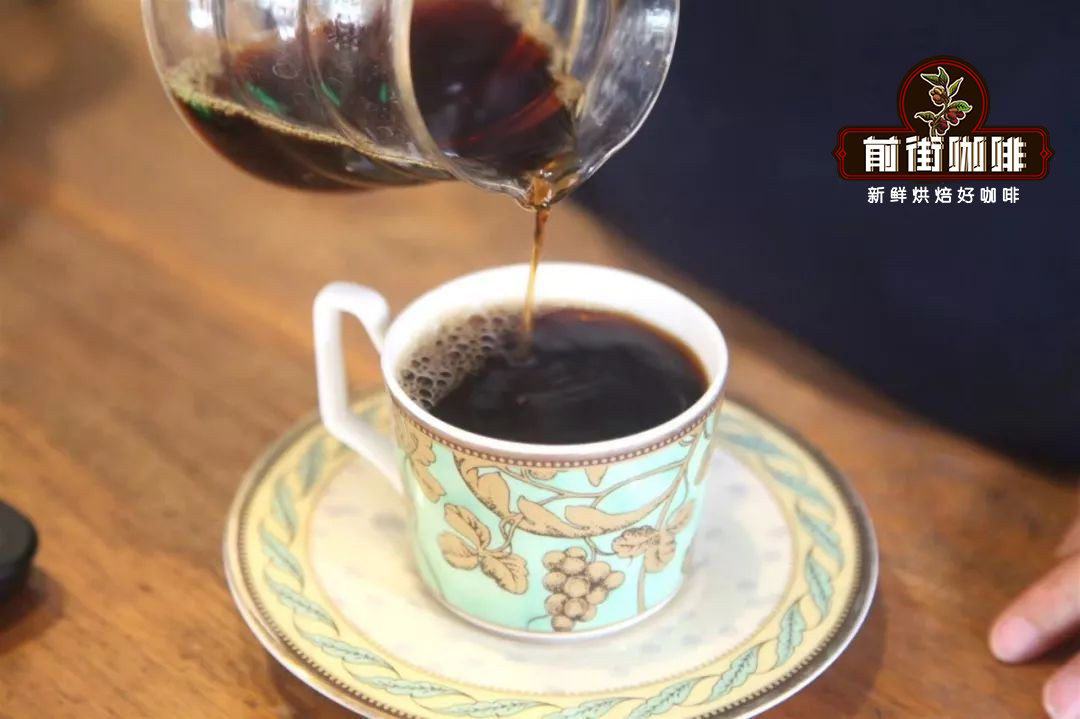
Cusco production area CUSCO
The region is located in southern Peru and most of the coffee is grown by small farmers rather than large estates. Tourism in the region is booming and many tourists travel from Cusco to Machu Picchu.
Altitude: 1200-1900m
Harvest: March to September
Variety: bourbon, Typica,Caturra,Pache,Modo Novo,Catuai,Catimor
Flavor characteristics of Peruvian Coffee
Peruvian coffee beans look a bit like half-sun color, moderate mellow, high quality balance, acidity is one of its major characteristics, but also slightly nutty taste, mild and slightly sour taste.
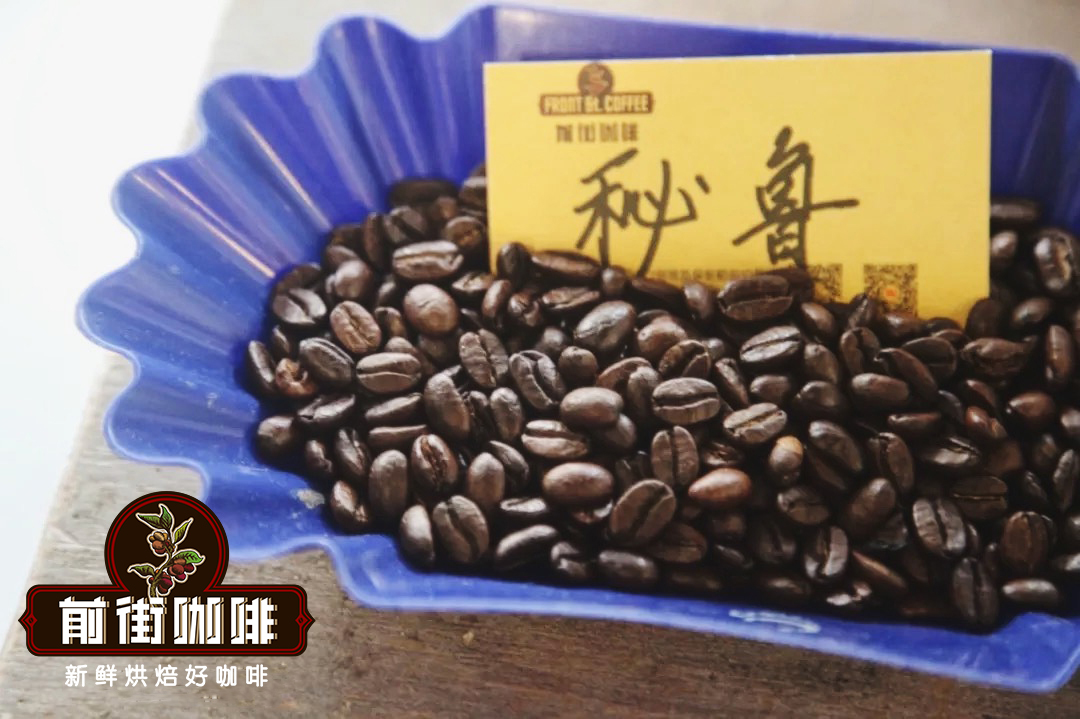
Peruvian coffee grading system
Peruvian coffee beans are divided into SHG (Strictly High Grown), SG (High Grown) and SC (Central Standard) according to altitude. Basically, the higher the altitude of coffee trees, the harder the coffee beans will be. this is because low temperature, short sunshine, high humidity and other factors will make coffee grow more slowly, grow fruits with higher density, and the flavor of coffee beans, such as acidity and sweetness, will be more saturated.
Strictly High Bean (SHB) extremely hard beans: more than 1350m.
High Bean (HB) hard beans: 1200-1350m.
The treatment of secret oysters
Because of the abundant water resources in Peru, the traditional treatment is mainly water washing, followed by sun treatment. In the coffee farm cooperated by Vela Ethan, the new treatments include red honey, double anaerobic fermentation + washing or anaerobic fermentation + solarization. For example, in the first stage of the double anaerobic fermentation + water washing process, the coffee bean with peel (Exocarp) is placed in an airtight barrel for 14 hours-removing the peel-leaving part of the pulp and peel for the second fermentation for 24 hours-washing with water for three times-drying-shelling) when the temperature is controlled between 18 and 22 degrees Celsius, and the temperature of drying is also controlled at 30 to 35 degrees.
Baking suggestion
High-quality Peruvian coffee has a strong aroma, smooth, layered, rich and sweet, with elegant and mild sour taste. Therefore, Qianjie coffee is recommended to use medium-deep baking degree to show its flavor characteristics.
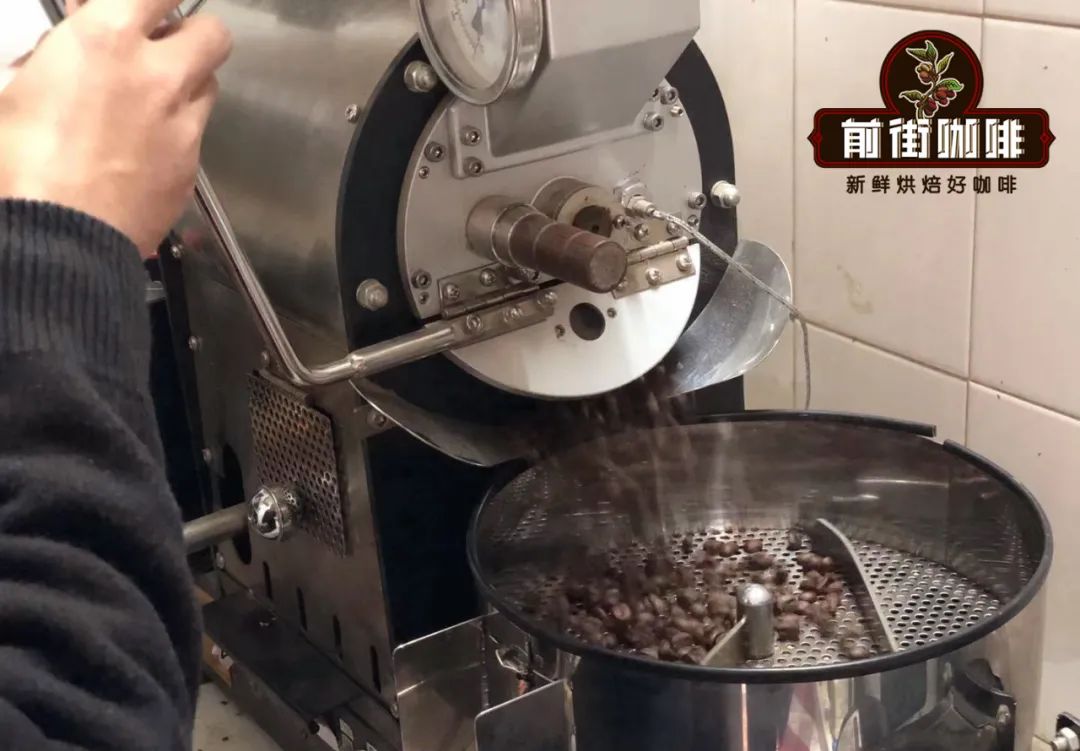
Cooking suggestion
This time, Qianjie Coffee used a French kettle to brew Peruvian coffee.
Procedure (coffee for 2 people):
1, weighing 20 grams of beans, BG grinding 6m (Chinese standard No. 20 sieve, pass rate 70-75%), powder / water ratio 1:15, water temperature 86 ℃ ~ 88 ℃.
2. Preheat the kettle with water and then pour out; pour the coffee powder into the kettle.
3. Pour the hot water in and start the clock. Stir gently after pouring the water to ensure that all the coffee powder can be soaked.
After 4 or 3 minutes, slowly press down the pressure bar and pour it out.
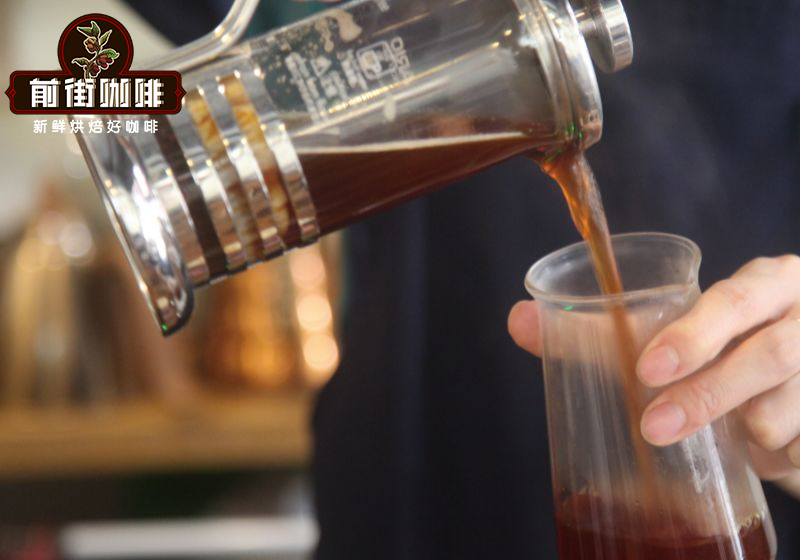
For more boutique coffee beans, please add private Qianjie coffee on Wechat. WeChat account: kaixinguoguo0925
Important Notice :
前街咖啡 FrontStreet Coffee has moved to new addredd:
FrontStreet Coffee Address: 315,Donghua East Road,GuangZhou
Tel:020 38364473
- Prev

Flavor and taste of civet coffee manor production area introduction to Indonesian civet coffee price
In the coffee industry, Kopi Luwak is widely regarded as a product with novelty as the selling point. The American Special Coffee Association (Specialty Coffee Association of America,SCAA) says the industry consensus is that it tastes bad. SCAA quoted a coffee expert as saying: obviously, the selling point of Kopi Luwak is its story, not its quality. Adopt SCAA
- Next
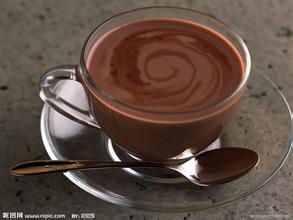
Introduction to the main producing areas of Salvadoran Coffee Bean
In the 19th century, coffee in El Salvador was an important cash crop, and the government legislated to collect taxes and encourage planting and export. although coffee farmers in El Salvador could not get technical or financial assistance, they were in the growth of production per hectare, it is quite excellent among many coffee-producing countries! The output value of coffee is like a locomotive, which is important to the basic transportation construction and the development of light industry in Saudi Arabia.
Related
- Detailed explanation of Jadeite planting Land in Panamanian Jadeite Manor introduction to the grading system of Jadeite competitive bidding, Red bid, Green bid and Rose Summer
- Story of Coffee planting in Brenka region of Costa Rica Stonehenge Manor anaerobic heavy honey treatment of flavor mouth
- What's on the barrel of Blue Mountain Coffee beans?
- Can American coffee also pull flowers? How to use hot American style to pull out a good-looking pattern?
- Can you make a cold extract with coffee beans? What is the right proportion for cold-extracted coffee formula?
- Indonesian PWN Gold Mandrine Coffee Origin Features Flavor How to Chong? Mandolin coffee is American.
- A brief introduction to the flavor characteristics of Brazilian yellow bourbon coffee beans
- What is the effect of different water quality on the flavor of cold-extracted coffee? What kind of water is best for brewing coffee?
- Why do you think of Rose Summer whenever you mention Panamanian coffee?
- Introduction to the characteristics of authentic blue mountain coffee bean producing areas? What is the CIB Coffee Authority in Jamaica?

